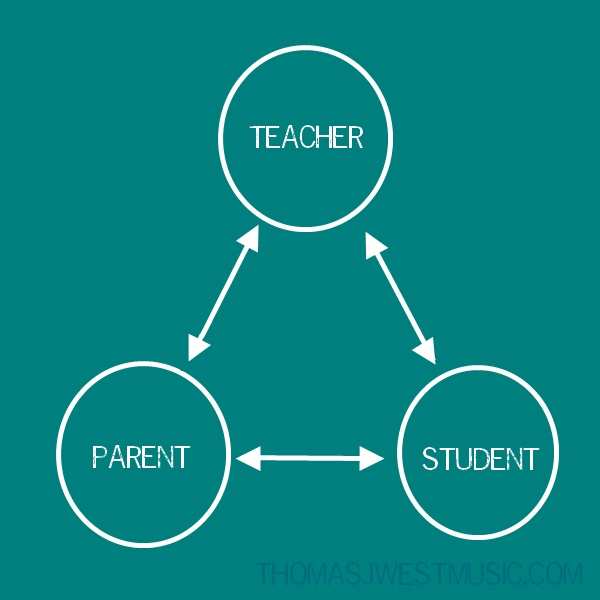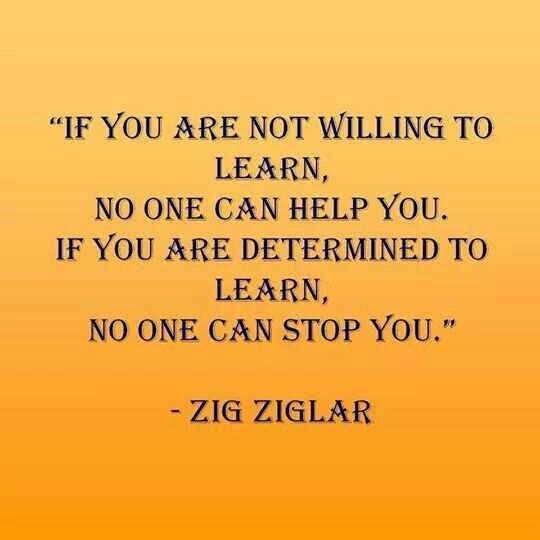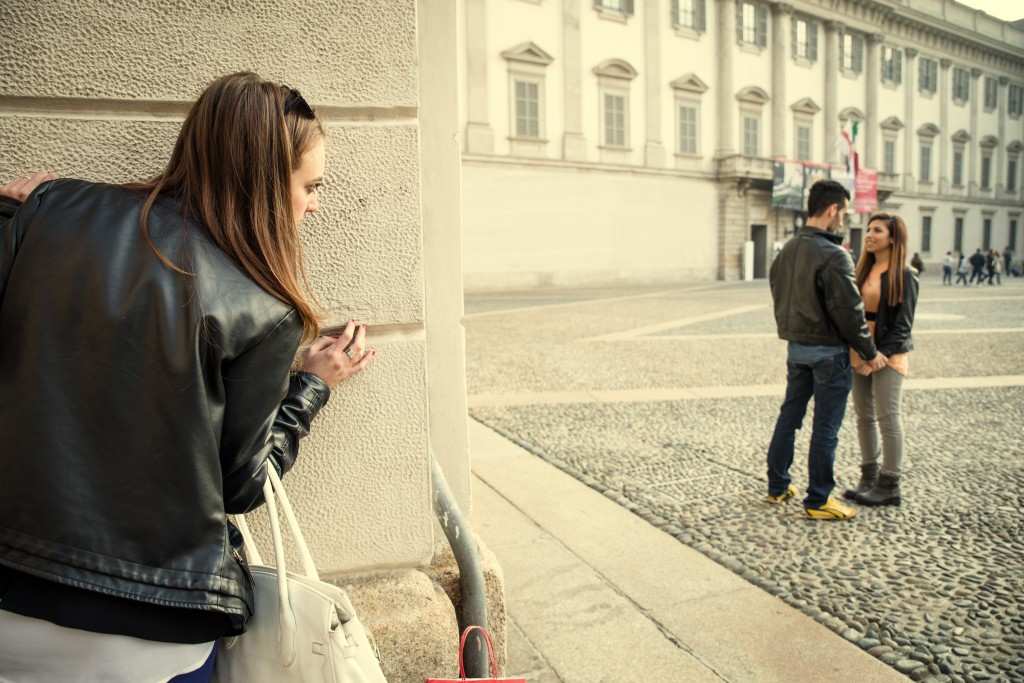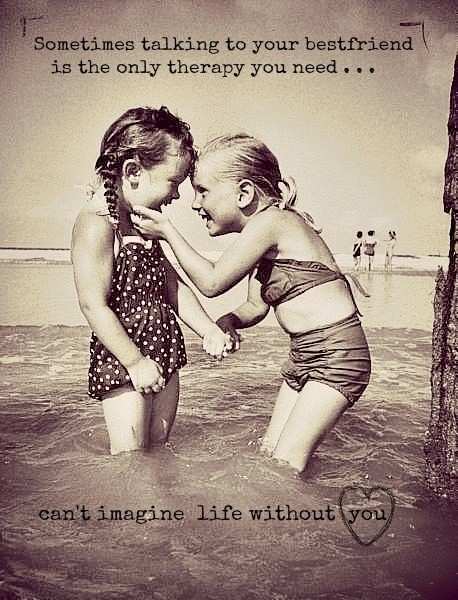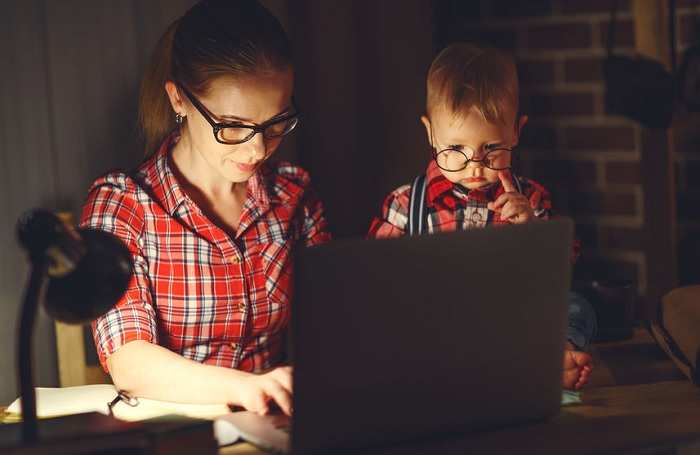The teacher student relationship is very important for children. Children spend approximately 5 to 7 hours a day with a teacher for almost 10 months. We ask ourselves what is considered a good teacher? All of us have gone through schooling, and if fortunate had a favorite teacher. A positive relationship between the student and the teacher is difficult to establish, but can be found for both individuals at either end. The qualities for a positive relationship can vary to set a learning experience approachable and inviting the students to learn. A teacher and student who have the qualities of good communications, respect in a classroom, and show interest in teaching from the point of view of the teacher and learning from a student will establish a positive relationship in the classroom. I will be focusing on the relationship between the student and teacher, involving a setting in the primary grades, which I have found second grade to be extremely important for the student to gain a positive attitude for their future education.
Teacher-student relationship


